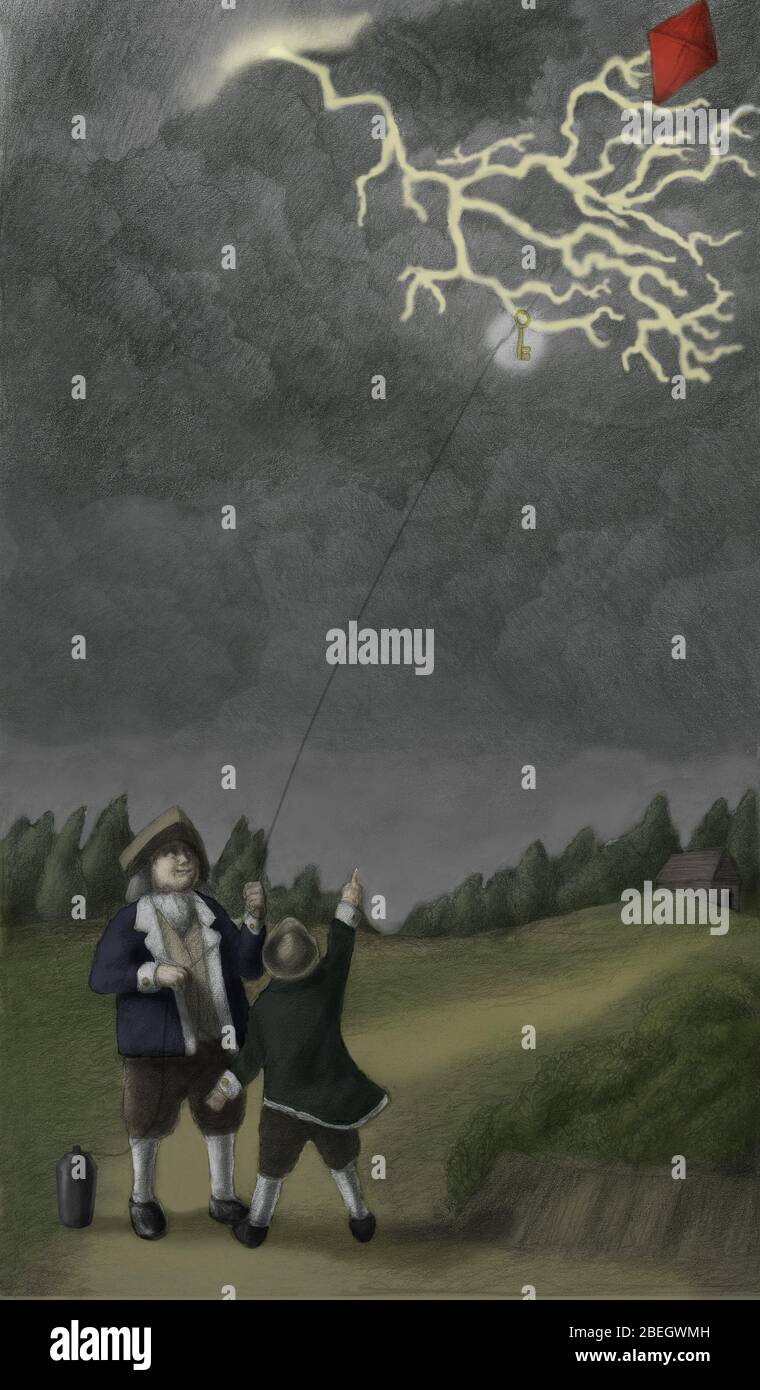

"An intense laser can generate on its path long columns of plasmas in the atmosphere with electrons, ions and hot air molecules," Houard said, referring to positively charged particles called ions and negatively charged particles called electrons. Lightning is a high-voltage electrical discharge between a cloud and the ground, within a cloud or between clouds. "We demonstrate for the first time that a laser can be used to guide natural lightning," said physicist Aurelien Houard of Ecole Polytechnique's Laboratory of Applied Optics in France, coordinator of the Laser Lightning Rod project and lead author of the research published in the journal Nature Photonics. Three others were documented with different data. In the first instance, the researchers used two high-speed cameras to record the redirection of the lightning's path by more than 160 feet (50 meters).

All four strikes while the system was active were successfully intercepted. In experiments during two months in 2021, intense laser pulses - 1,000 times per second - were emitted to redirect lightning strikes. The equipment was hauled to the mountaintop at an altitude of about 8,200 feet (2,500 meters), some parts using a gondola and others by helicopter, and was focused on the sky above a 400-foot-tall (124-meter-tall) transmission tower belonging to telecommunications provider Swisscom, one of Europe's structures most affected by lightning.


 0 kommentar(er)
0 kommentar(er)
